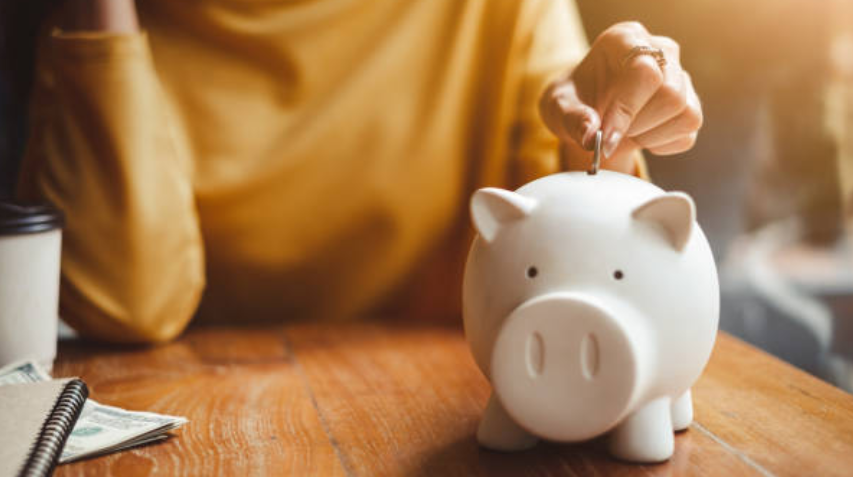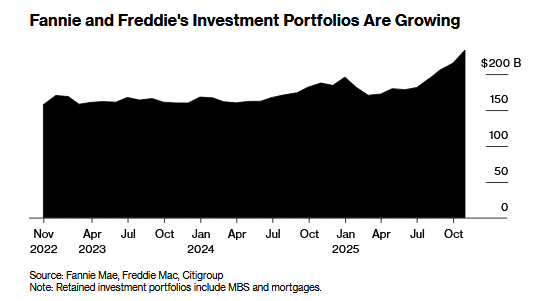 Since before covid-19 and the lockdown, I have written articles that touch on the purpose and importance of personal savings, and more importantly, why the lack of personal savings was going to make an economic crisis in the year 2020 potentially tragic for most Americans.
Since before covid-19 and the lockdown, I have written articles that touch on the purpose and importance of personal savings, and more importantly, why the lack of personal savings was going to make an economic crisis in the year 2020 potentially tragic for most Americans.
As a result, I have been interviewed a couple of times specifically on the topic of personal savings. These interactions have indicated to me that people do not understand the importance of savings and rather believe the demonization of savings as a “leakage” from the economic system and that hoarding money is one of the greatest threats to the economy.
Even more importantly, I discussed the reasons why Americans save so little and the related dangers, and I discussed how you can get around those government interventions with alternative strategies. I thought most people knew these strategies, but apparently that is not the case and thus the rationale for this article.
The Importance of Saving
In order for the hunter-gatherer society to become settled and civilized with sedentary agriculture, people must have saved provisions or found themselves in an area of superabundance, i.e., a Garden of Eden. It is savings that sustained group members while structures were built and fields were plowed, seeded, and harvested.
Economics teachers use the story of Robinson Crusoe, who toiled to catch extra fish or gather extra coconuts in order to sustain himself while he built a fishing net or coconut-harvesting tool that could bring him many times the daily output from just working with his hands. His new higher productivity allowed Crusoe to pursue other projects like building a hut, fashioning a rescue signal, or just enjoying more tropical leisure.
Of course, personal and business savings are just as important for a modern economy to grow in a stable fashion. Money is deposited in bank, brokerage, and retirement accounts. Banks make money available for car loans, home mortgages, and for businesses to make payroll and to finance accounts receivable. Brokerage and retirement accounts are used to fund larger businesses, allowing them to expand and to implement new technologies. Therefore, saving is the fuel for the engine of economic growth and higher standards of livings, the free market.
For individuals, this process is what increases real wage rates, decreases hours worked, and increases life expectancy. For business, it is what allows companies to grow, to become more productive, and to produce improved and brand-new products. Again, all of this seemed to be unknown or unrealized by many smart people.
Why No Saving?
When an economy enters an industrial or technological revolution, wage rates rise and saving increases. In post–World War II America the personal saving rate was at least 10 percent every year. In more recent decades, there has been a downward trend that began when the US was taken off the gold standard in August 1971 and continued to the end of the housing bubble, when the personal saving rate was almost zero. Since then, the trend has been positive and there was a giant spike to over 30 percent when the pandemic hit, along with a record pay-down in credit card debt.
Unfortunately, this upward trend has been offset by significant increases in debt by individuals and governments. Individuals borrow money on their credit cards, mortgage refinance, student loans, and other forms of debt. Levels of household debt have increased, but the measure relative to income or GDP actually decreased prior to the lockdown. The massive increase in the national debt has been disastrous waste.
Higher levels of personal saving and lower levels of debt would have allowed many more people to ride out the lockdown and maintain their independence instead of becoming dependents of and subject to the whims of our dysfunctional Congress.
Here are some of the reasons why the personal saving rate has decreased in recent decades:
1. Price inflation: if the Fed continues to print money, then the purchasing power of money will decline. On the gold standard the purchasing power of the dollar generally increased, so that the purchasing power of your savings appreciated rather than depreciating, plus you earned interest.
2. The Fed also has kept its policy interest rates ultralow, often near zero. The interest rate on my savings account is .01 of 1 percent, so if I had $100 in my savings account for a year, I would get one penny in interest. Not much of an incentive there!
3. Taxation: even if you were to earn a decent amount of interest income on your savings, it would be taxed as personal income by the IRS.
4. Social safety net: Given the fact that we have unemployment insurance and around a hundred welfare programs, there is far less reason to save to protect yourself against economic downturns and unemployment. The $600 per week in extra unemployment benefits works out to more than $30,000 on an annual basis. This incentive actually had people with jobs trying to become unemployed and even getting covid-19 to avoid work.
Alternatives to Saving
There are plenty of alternatives to traditional savings accounts. You can invest in bonds and stocks that pay dividends. The problem here is that the interest rate on bonds and the dividends on stocks are relatively low; even junk bonds now offer historically low rates. Plus, given that bond and stock markets are extremely overvalued and poised to correct or crash, these traditional alternatives are risky. The same is true for real estate and land.
One alternative that once was a traditional investment is precious metals. Today, it is an alternative investment to cash, because to the extent that their value moves in the opposite direction to the US dollar you can hedge against your risk of a falling dollar. There are some precious metal mining stocks that offer dividends, but I am not qualified to make such recommendations and this whole sector is volatile.
The one alternative that everyone should be aware of, but apparently is not, involves your shopping behavior. This alternative is in fact the rationale for this article.
Every pay period do your shopping as you normally do, except purchase a couple of items in bulk at a discount store. The per unit price advantage of the discounted bulk purchase over normal purchase is typically significant.
For example, if you compared purchasing a three-pack of large Crest mouthwash from Sam’s Club to purchasing one regular-sized bottle from CVS Pharmacy, the price difference is ten cents per ounce at Sam’s Club compared to forty cents per ounce at CVS. There are plenty of qualifiers here. You could buy the large bottle at CVS and reduce the price differential, and both stores occasionally offer discounts of this product; and of course you have to buy an annual membership at Sam’s Club.
There are three qualifiers or restrictions to this type of bulk discount shopping.
First, it must be restricted to nonperishable goods such as paper goods, toiletries, canned goods, drugs and supplements, soaps and cleaning products, office supplies, wine and spirits, etc. Do not stock up on cherries, for example.
Second, it must be goods that you already use on a regular basis. Three cases of canned beets are no good if you don’t like canned beats. Also, don’t accumulate more than one year’s worth of inventory of a product. Unexpected job changes, moving locations, or family dynamics could leave you holding the bag. Speaking of bags, they are an important category of bulk buying, including lawn bags, trash bags, freezer bags, sandwich bags, etc.
Third, you have to have the space to store your inventory safely and the ability to rotate the inventory (last in, first out).
All told, this alternative earns a hefty return similar to or much greater than interest income. Plus, it means fewer trips to the store or unexpectedly running out of items that you need at the last minute.
An unexpected bonus was that during the lockdown the prospect of seeing the toilet paper and baby diaper aisles empty and the meat counters stocked with only a few pieces of meat with triple the normal prices seemed to me a lot less traumatic than it otherwise might have been.
Of course, the solution is fixing the problems listed above: get the Fed out of the money–printing and interest rate–rigging businesses, stop the taxing of (interest) income, and repeal or at least cut and reform the social safety net welfare programs.
Full story here Are you the author? Previous post See more for Next postTags: Featured,newsletter

































